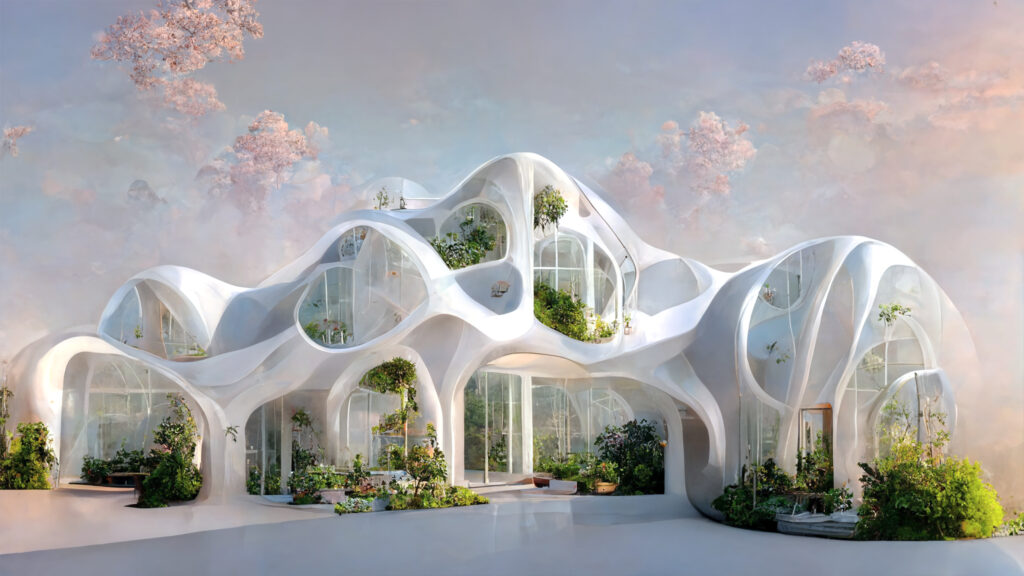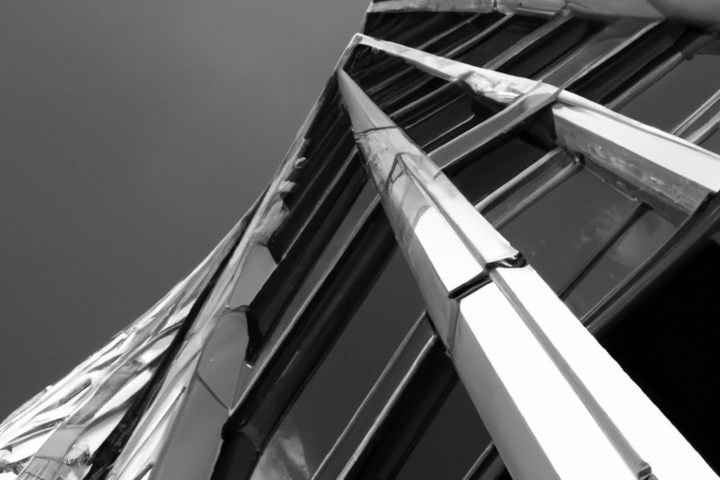
The Urban Architecture Revolution
First life, then spaces, then buildings – the other way around never works
Jan Gehl, Danish Architect
The urban landscape is undergoing profound change as cities struggle with rapid population growth, technological advances, and environmental challenges. In response, architects and urban planners are pioneering innovative approaches to urban architecture and shaping the way we live, work, and interact in urban environments. This article explores the revolution in urban architecture and looks at the main trends, challenges, and opportunities that will shape the cities of the future.
The Rise Of Vertical Living
One of the most significant changes in urban architecture is the rise of vertical living. living. As urban populations grow rapidly and land becomes scarce, architects are increasingly turning to tall buildings to accommodate more and more residents and businesses. Vertical integration of mixed-use structures that combine residential, commercial, and recreational spaces in the same building is becoming increasingly common, fostering vibrant, self-sustaining communities in urban cores.
Integrating Smart Cities
Integrating smart technologies is revolutionizing urban architecture and paving the way for its emergence. of smart cities. From intelligent building systems and infrastructure to data-driven urban planning and management, technology is being used to optimize resource allocation, increase efficiency, and improve urban life. Innovations such as sensor networks, real-time surveillance, and autonomous transport systems are changing the way cities operate, making them more responsive, resilient, and sustainable.
Sustainable Design
The premise of sustainable design. became the driving force behind the urban architecture revolution. Architects are integrating sustainable design principles into all aspects of urban development in response to growing environmental concerns and the need to curb climate change. Green building technologies, such as passive heating and cooling systems, renewable energy sources and green roofs, are being added to new buildings and installed in existing buildings to reduce energy consumption and carbon emissions.
Human-Centered Urban Planning
Human-centered urbanism change is also shaping the way cities are designed and built. Architects are aware of the importance of creating an inclusive living environment and prioritize pedestrian-friendly streetscapes, accessible public spaces, and the construction of mixed-income housing. Planning for walkability, connectivity, and social interaction promotes a sense of community and belonging, and improves the quality of life and well-being of residents.
Challenges and Opportunities
Despite the promise of a revolution in urban architecture, significant challenges remain. Rapid urbanization, social inequality, and depletion of natural resources represent major obstacles to sustainable urban development. Furthermore, balancing the need to preserve cultural heritage with the need for modernization presents complex problems for architects and urban planners. However, these challenges also offer opportunities for creative solutions, collaboration, and innovation that will guide the evolution of urban architecture toward a fairer, more sustainable, and more inclusive urban landscape.






